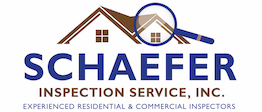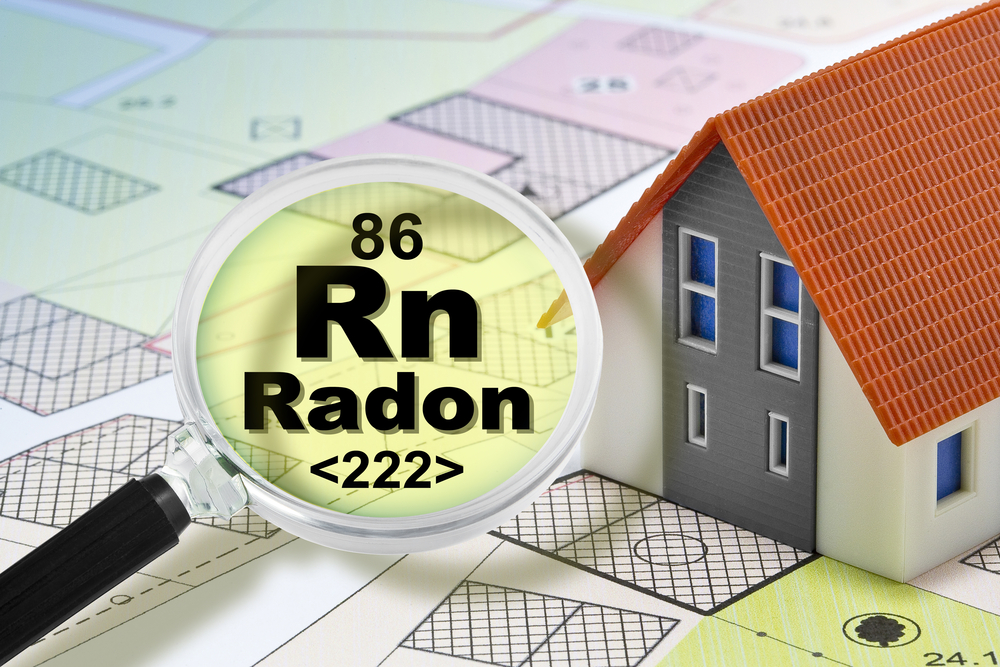Radon Testing Tips
Keep Your Home and Family Safe with Radon Testing
Your fire extinguisher is filled and ready. You’re diligent about testing and replacing the batteries in your smoke and carbon monoxide detectors, right on schedule (a quick test once a month and replace the batteries every six months, FYI). Keeping your home and family safe are the most important things to you. But, have you thought about another dangerous gas that could be creeping through your home?
Radon, an odorless, colorless, and radioactive gas moves up through the ground and into the air we breathe, potentially making us sick. However, it’s easy to test and treat, and during National Radon Action Month, Schaefer Inspection Service is making radon testing even easier.
Radon occurs naturally from the natural breakdown of uranium in soil, rock, and water. You’ll find radon wafting through the air in all parts of the country, but when those levels get to a certain point, the effects can be harmful to your health.
As radon decays, it’s radioactive particles can cause lung cancer— in fact it’s the second leading cause of lung cancer in the U.S., and the leading cause of lung cancer among non-smokers, according to the Environmental Protection Agency.
While there are no federal laws or laws in Connecticut governing radon, the EPA, the Surgeon General and the Connecticut Department of Public Health recommend that all homes be tested for radon. Any homes with a reading of 4.0pCi/L (radon levels are measured in picocuries per liter of air
While radon testing is common (but not standard) during the home inspection process, it’s a smart step to take whether you’re buying, selling or living in your home. Before complete your closing, make sure radon levels are in check— it’s a good idea to make sure your contract with the seller has a provision that allows you to test for radon. If you’re selling your home, high or unsafe levels of radon could lead to delays in the sale or require you to shell out the cash to resolve the issue.
Now through February 15, Schaefer is offering $25 off a radon testing kit— plus, our testers have an additional carbon monoxide testing sensor (Click here for the coupon). The testing process is relatively simple and short, but there are a few things you can do to ensure a valid, error-free test:
1. Keep your home closed as much as possible, especially during the first 12 hours. Make sure windows, doors and air vents are closed and only opened when necessary.
2. Don’t interfere with the measurement device. Don’t move, touch, cover or block the device.
3. Let your central air conditioning or heating system run as it normally would.
4. If your home already has a radon remediation system in it, keep it running for 24 hours before and during the test.
If you have any other questions about radon testing or would like to schedule a home inspection with us today, give us a call at 1-800-345-2776. You can also reach out to us on our Facebook page here or tweet us @SchaeferInspect.


